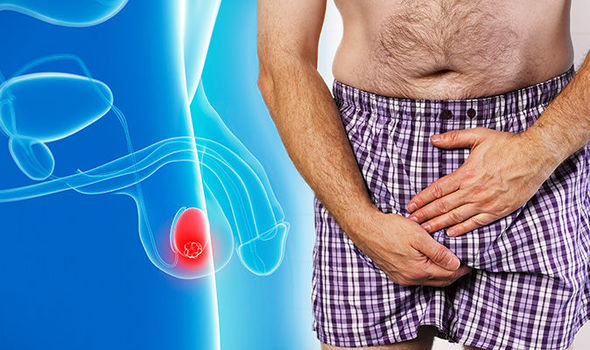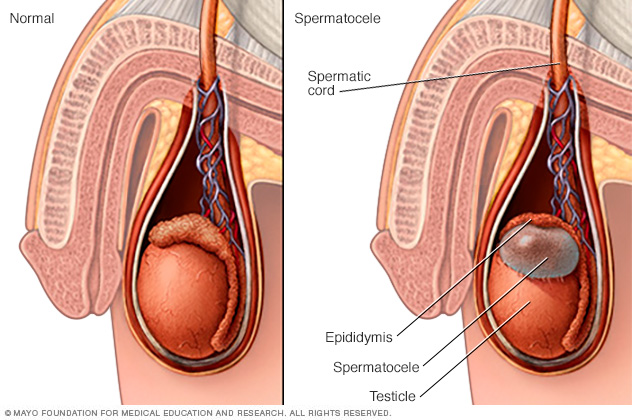
Male epididymal cysts is simply a cyst within the epididymus, containing fluid called serous. They can be hard to distinguish from a seminal sac except in rare cases by aspiration, because a seminal sac has milky-white sperm resembling semen. However, with both male and female sex organs, the serous is thick, black, or dark red, and it resembles blood when they burst.
Epidymus is a sac filled with fluid, which grows inside the pelvic wall. It helps lubricate the urethra and contains nerves, blood vessels, and glands. Normally, an epididymal sac is not seen on routine x-ray, but in very rare cases, an aneurysm can rupture, resulting in the formation of a small, painful cyst. Normally, the size of an epididymal sac is around 2 cc, but some cases may also develop a larger one.
The causes of epididymal cysts are different. If the aneurysm ruptures, it can cause the sac to rupture, which then causes the sac to flow through the urethra. This leak can then cause fluid to build up under the floor of the bladder and cause pain and inflammation. In some cases, the leak can also cause bleeding. If the leak is large, it can cause a bulge to form.
The causes of epididymal cysts can be physical or hormonal. Physical causes can be infection, injury, or surgery. Hormonal causes can include pregnancy and steroids. Physical causes can cause sudden increases in pain and inflammation, such as during or after intercourse, but this is the most common problem.
The most common causes of epididymal cysts are pregnancy and steroids. The causes of pregnancy can be caused by hormonal changes occurring in both the ovaries and the uterus. These hormonal changes can affect the development and shape of sperm. Steroid use and trauma to the epididymis and bladder are also common causes. Surgery is the third most common cause of epididymal cysts because a surgical procedure known as vasectomy obstructs the bladder, which can cause more urine to pass out.

Hormonal causes can also be caused by infections. Gonorrhea is the most common infection causing ovarian cysts. Ovarian cysts can also develop in women with fibroid cysts. Other infections that cause ovarian cysts include chlamydia and trichomoniasis
Hormonal causes of epididymal cysts can also be causes of birth defects or complications, such as: anencephaly, in which the neural tube is missing, which can lead to stunted growth; or spina bifida, where the spinal cord becomes deformed. Hypospadias is when a hole develops between the brain and the spine, which make it impossible to open a child's birth canal. Leaky gut syndrome occurs when the intestines to become inflamed. If a woman has this condition, she will experience frequent diarrhea or constipation.
Epidymal cancer can also be caused by hormonal changes, which can lead to the production of too much estrogen in the body, which can cause the cervix to become enlarged. In women who have polycystic ovaries, the ovary and the endometrium can become enlarged due to a high level of progesterone, which leads to irregular menstrual cycles. Progesterone replacement therapy, often prescribed for infertility patients, can also increase the risk of developing cysts in the epididymus.
Infections can also cause the immune system to weaken, which can cause an infection. This can cause the immune system to react against the lining of the epididymis, making it more likely to rupture.
Causes of the epididymis can be different for each woman. The most common cause of cysts in the epididymis is unknown, but many women experience pain when they urinate or feel a lump or swelling in the pelvic area or surrounding the pelvis.
Pain-relieving medications and exercise are usually the first line of defense for relieving pain from the pain, as well as taking pain medications. Surgery is a last resort, unless the pain is so severe that other treatments are needed. There are several types of surgery for an epididymal cyst, including laparoscopy, laser surgery, or a laparotomy.